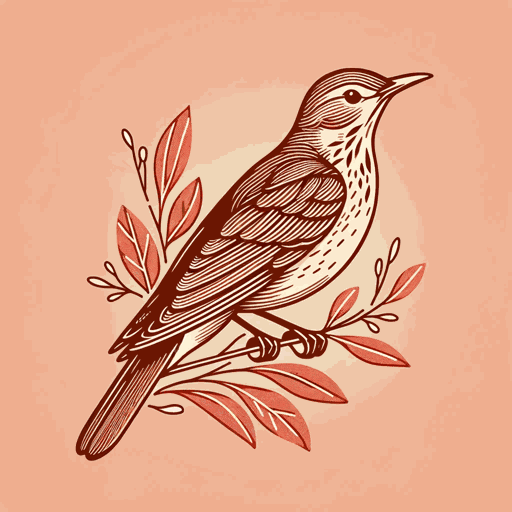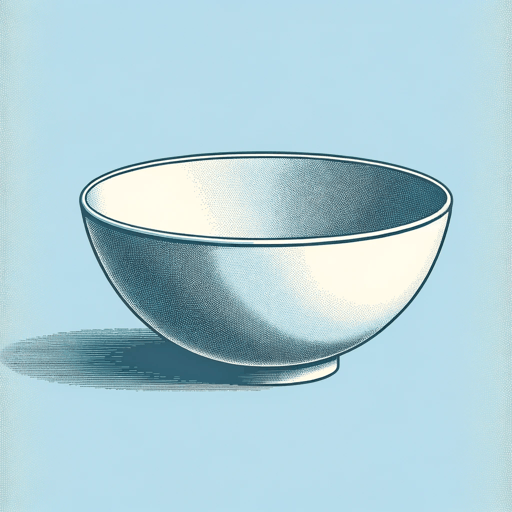18 pages • 36 minutes read
Jane KenyonLet Evening Come
Fiction | Poem | Adult | Published in 1990A modern alternative to SparkNotes and CliffsNotes, SuperSummary offers high-quality Study Guides with detailed chapter summaries and analysis of major themes, characters, and more.
Background
Literary Context
Kenyon, like her husband Donald Hall, writes in a poetic literary tradition that uses nostalgia as a lens into a past life rooted in domesticity, farming, and living off the land. The Poetry Foundation describes Hall’s poetry, which greatly influenced Kenyon’s, as “longing for a more bucolic past and [reflecting] the poet’s abiding reverence for nature” (“Donald Hall.” The Poetry Foundation). These words could easily describe Kenyon’s work, which deeply considers the natural way of life and bucolic ideals, or the pleasant aspects of the countryside. Pastoral is a word sometimes used to describe Kenyon’s work; it is a literary tradition that idealizes rural, rustic life. However, Kenyon, unlike many pastoral poets, lived the life she wrote about. Poems like “Let Evening Come,” “Coming Home at Twilight in Late Summer,” and “The Clearing” are all written not about the countryside but from the countryside.
Kenyon’s poems have long been compared to the English Romantic poet John Keats. Critics note that “like Keats, [Kenyon] attempts to redeem morbidity with a peculiar kind of gusto” (“Jane Kenyon.” The Poetry Foundation). This “gusto” is apparent in “Let Evening Come,” which considers a complicated topic (death) with a lightheartedness, even bordering on excitement or welcoming.
Related Titles
By Jane Kenyon




